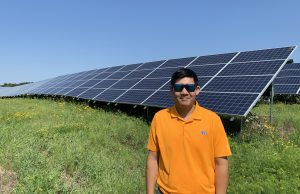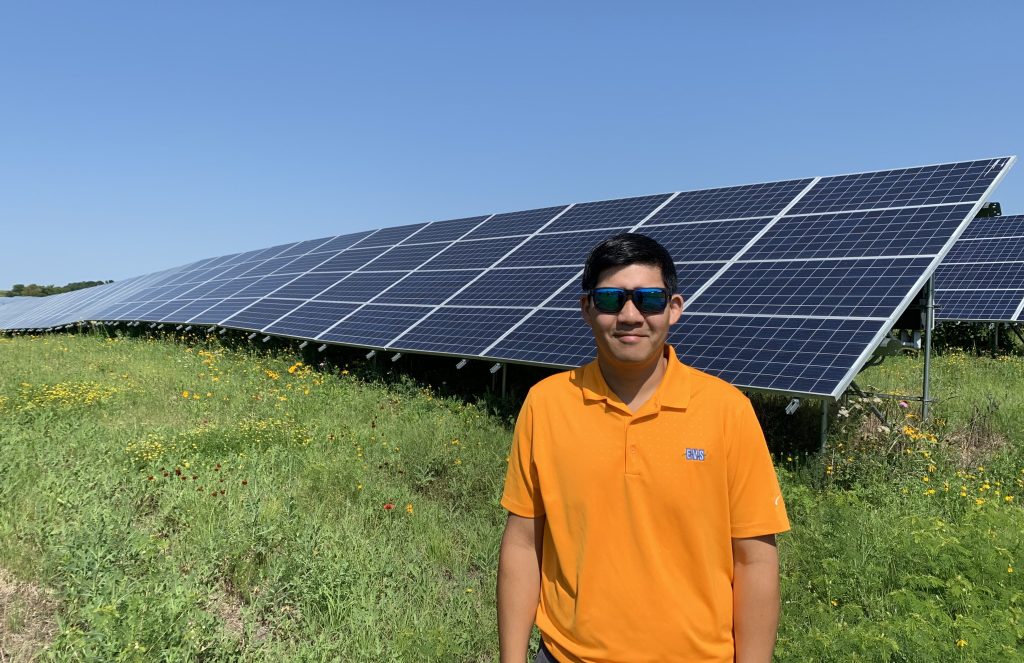Based in Eden Prairie, Minnesota, EVS Inc. provides civil and electrical engineering, land surveying and environmental services. Founded in 1979, the company entered the solar energy market in 2014, which now represents more than 50% of its annual revenue. To further scale its presence in this sector, EVS wanted to move beyond civil and electrical engineering services and develop its own solar rooftop installation projects, which would generate greater revenue and profits. To help make that transition, the company enrolled in the System for Integrated Growth®(SIG) program in 2019.
In particular, EVS wanted to find prospective clients that weren’t municipalities, universities, schools or hospitals, collectively known as the MUSH market. “MUSH clients are easy to identify, making it a more competitive sector,” explained Andy Kim, vice president of EVS. “We want to go after lesser-known prospects, which we call Tier 2 — potential solar users who aren’t already being bombarded by developers. For example, a warehouse facility that uses a lot of energy and where the building’s owner is also the occupant would be a good candidate.”

Kim’s team provided SIG specialists Clay Smithers and David Brim with a list of criteria for EVS’ ideal rooftop solar installation. Leveraging a variety of industry, real estate, government and academic databases along with GIS mapping tools, Smithers and Brim created a toolkit to identify and evaluate high-potential facilities. In addition to locating facilities that meet building size and industry criteria, their system also looks at utilities in the target area that offer solar credits and integrates maps to show where solar power would have the greatest potential. To test the system, the team evaluated the Minnesota market and identified 200 rooftops that meet the solar criteria, along with specific contact information for the building’s owners.
Kim already knew of one Minneapolis facility that matched their criteria because the company’s owner is a friend of his. “When we looked at the list, we saw it included this property, which was a good test.”
This tool is extremely valuable, Kim says: “Granted, we could have tried lead-generation companies, but they can be pricey, and any list they might generate would probably be more focused on MUSH clients rather than Tier 2 clients we’re trying to target,” he said. “Even more important, the system is flexible and can be used for other states, which will be beneficial as we expand our footprint nationally.” EVS is currently putting together a sales team to work the list, which will include one or two newly created positions.
The system is a perfect example of what SIG is all about, points out Smithers. “By coming from a process angle, we identify the right tools, define and show examples of how they are used, and then leave it to the client to implement them on an ongoing basis.”
Kim also mentioned a perennial need for technical talent, and the SIG® engagement quickly addressed these HR challenges. “Recruiting is an issue for us because there’s a lack of solar engineers,” Kim said. In response, SIG® specialist Amy Cell reviewed what they were already doing and pointed to industry best practices. She showed EVS staff how to use LinkedIn and a couple of databases to find potential job candidates — and introduced them to additional ways to expand their pipeline, such as attending conferences or events to build long-term relationships with potential employees or good referral sources.
Kim gives the SIG engagement a hearty thumbs-up. “There’s nothing else like it out there,” he says. “You might have advisers who can tell you about different market opportunities, but to have a team of people that are dedicated and laser-focused on helping you with whatever goal or objective you put in front of them is invaluable.”
